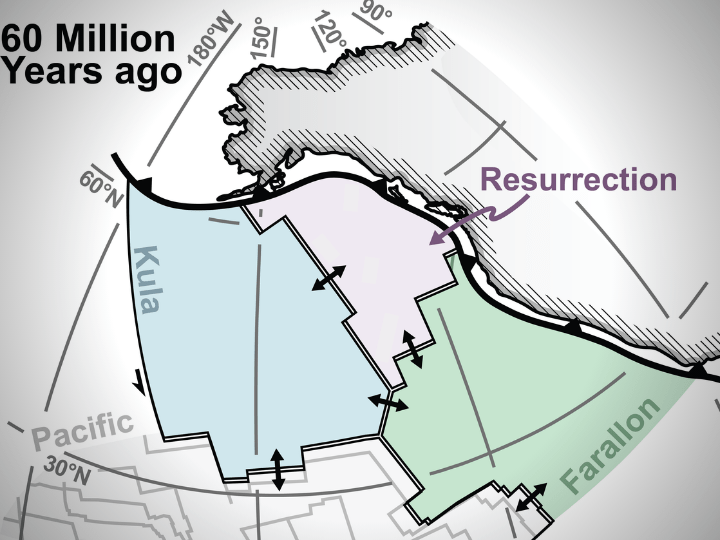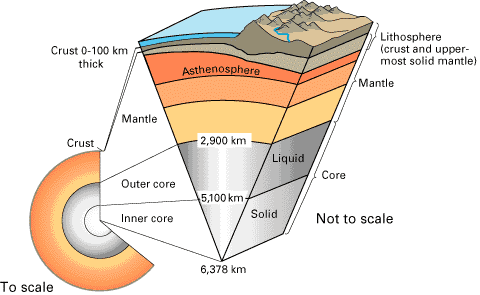The crust is the top layer of the Earth’s Surface. Did you know that there are 2 types, though? One is called the Oceanic Crust, and the other, the Continental Crust. As its name suggests, the Oceanic Crust is the top layer of Earth that forms the ocean floor. The Continental Crust, however, will be our focus.
We walk on top of and dig down through the Continental Crust when we plant or drill. Even if there is an unstable surface at the very top, like sand, the deeper parts of the Crust are made of harder rocks. The large land masses, continents, have bases made from sedimentary, igneous, or metamorphic rocks, as well as any combination thereof. This shield rock is the oldest known; it’s been tested, dated, and found to have been here for 3,960,000,000 years!
Geologists, scientists who study the Earth, believe that shield rock was created when hot molten iron, known as magma cooled. If their math’s correct, it happened around the time these rocks formed, almost 4 billion years ago, right? Some of those rocks were so big it took a long time for them to cool. So, even if the rocks were formed 3.9 billion years ago, they might not have cooled for quite some time. Many estimate that the Continental Crust wasn’t completely hard for another 60,000,000 to 160,000,000 years.
The top portion of this rock has another name, platform rock. The oldest-known platform rocks are approximately 600,000,000 years old, and can be found in central North America. The sedimentary rock ranges from 1,000 to 2,000 meters thick; that is equivalent to more than a half mile to 1.25 miles. When we put the top and bottom portions of the Continental Crust together, we get what scientists call, a craton. Most cratons are stable and haven’t been damaged by earthquakes or volcanoes for hundreds of millions of years.
Around the edges are the continental margins, mostly created by sedimentary rock originally found in the oceans. How is that possible, you ask? Well, it’s due to earthquake and volcanic activity. In this case, it’s mainly due to a phenomenon called, subduction. You see, the Earth fits together like a puzzle; and, if you try to place the wrong piece into a spot where it fits, but isn’t quite right, what happens? Another piece might pop out of place. Sometimes, a continental margin works its way under the oceanic crust. When that occurs, the oceanic layer ends up on top of the continental margin. This is subduction. The most well-known place for this is along The Ring of Fire, an area that covers the edges along the Pacific Ocean. This is why so many and such violent earthquakes, volcanic eruptions, and tsunamis occur in that part of the world.
Universe Today has a wealth of information on this and other related topics. Here are just 2 of those available. The first is entitled,
Earth, Barely Habitable?.
The second is called, Interesting Facts About Planet Earth.
Universe Today also hosts Astronomy Cast, a science program that covers a variety of subjects. Episode 51: Earth, explains this subject in greater detail.
The Encyclopedia of Earth , by Michael Pidwirny has some excellent information, too.
Sources:
USGS
Science Daily





